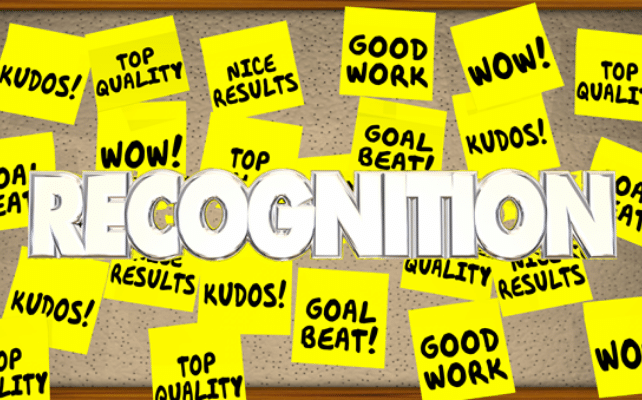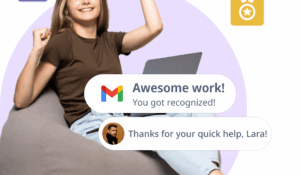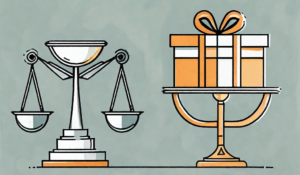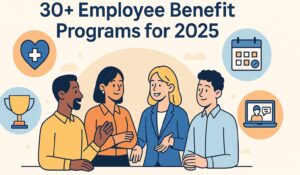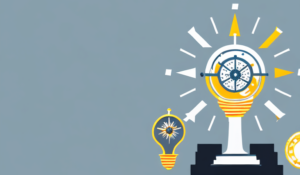A lot of companies that are not seeing significant engagement with their employees are trying to get into gamification and create new employee incentives and recognition programs. Incentives for these gamification tactics, which include badges, points, rewards, and leaderboards are being integrated into intranets and employee mobile apps so employees are incentivized to use them more and participate. Obviously, with increased participation, the thought is that employees will know more about the vision and mission of the company, learn, collaborate and advocate for the company. However as HR and Internal Marketers integrate gamification, they also need to understand where to use specific incentives, and whether they really mean anything to the employees.
Let us look at each of these incentives and see how they can be used.
Badges: Badges became really popular with Foursquare. Consumers could check-in to locations and become mayors or earn other badges that they could brag about. From the consumer world, badges started getting introduced into the enterprise. A lot of companies like Badgeville, Bunchball, and Bigdoor focus mainly on gamification with badges. However, as we discussed in a previous post badges only go so far. They do not offer any tangible monetary value and you can brag about them only for a while. After some time employees lose interest and it stops working. Badges are great if they are also combined with other incentives such as rewards.
Points: Another way to incentivize employees, is by giving them points for their actions. Points are very good in terms of shaping user behavior. If you want your employees to take certain actions in a specific quarter, incentivize those actions with high points. For actions, you want employees to take, but don’t mean much to you, assign lower points. Remember, points should be tied to something – either rewards or the leader-board – without that they don’t mean anything to the employees.
Rewards: Rewards are by far the best way to incentivize your employees because they are tangible. These can be free gifts or gift cards. They can be attached directly to actions – for example, you give out a coupon when an employee completes a survey or give it out when they share or you can also combine completion of multiple actions like reading content, comment, share and take a survey to give out a coupon. Another way to give out rewards is through the points mechanism. First, assign point values to the reward. Then as mentioned above after employees accrue points for various actions, they can then redeem these points for those rewards.
Leaderboards: Leader-boards is a nice way to make various things competitive and engaging. For example, you can create a leader-board for your employee mobile app based on the App usage for the last 30 days. You can also create action-specific leader-boards – for example, a leader-board for the quiz can be based on not just the number of correct answers, but also the time is taken to submit. Similarly, you can create leader-boards for survey submissions as well. Leader-boards not only help in recognizing employees among their peers but also in creating a competitive environment.
All gamification incentives work at some level and improve engagement. By mixing up different incentives, you can make the program interesting for the employees. Lastly, pick the right platform that helps you create content that can be tied with these tactics easily.
Learn more about how HubEngage can help you with an employee incentives program that’ll drive engagement.

